Emerging Photographer Martin Siegner Opens Up About His Breakout Career
One of the best things about living in Australia is the plethora of opportunities available to truly pursue what you want and Martin Siegner is no exception. Martin came to Australia a few years ago as an architectural visualization artist and felt unfulfilled. With no plan B in place, he gave up his visualization career and started photographing architectural projects around Sydney for his own portfolio which quickly saw him working with some of the most prominent architectural firms in Australia.
Thanks for taking the time for this interview, to kick off things why don’t you tell us your journey into architectural photography and coming to Australia.
Thanks so much for reaching out Veeral! I’m a huge fan of this website and being able to contribute to its success in this way means a lot. Needless to say, it’s a huge honour to be among world-class photographers who have also contributed before me.
A few words about my background, so your readers can get a better idea of where I’m coming from and, hopefully, where I’m hopefully headed. In 2008 I graduated in architecture from the University of Wuppertal, Germany – great city and rather a small university, which allowed an in-depth and very hands-on study. I focused on conceptual design purely for the inner urge of wanting to know why buildings and places look the way they do. Why do architects draw a line in a particular way and what’s the effect of it once built in the real world? This curiosity cuts deep and covers all scales – I love well planned and executed details for example. Sometimes I find myself examining and touching a handrail, which earns me a judgmental stare from my partner every now and there – although she’s an architect herself. For me, architecture is a highly emotional topic due to its effect on peoples everyday lives and personally, I find the visual image being the most powerful representation of it.
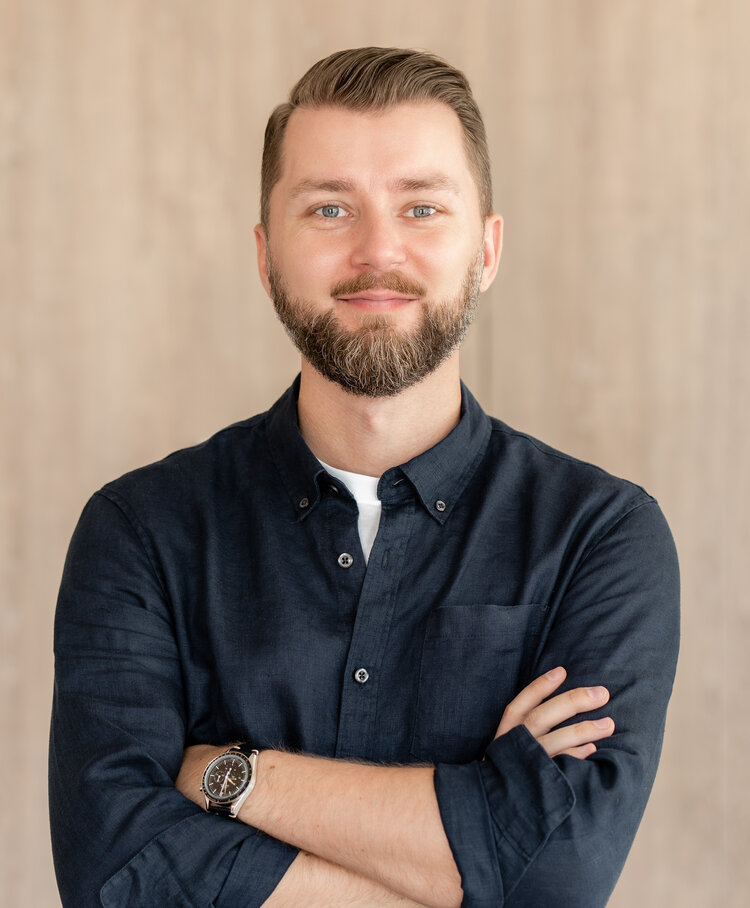
After the completion of my studies, I freelanced for architects and found a niche for myself offering typical architectural services in combination with architectural visualization. Architectural visualization or ArchVis as the industry calls it was something that I started while in uni as it was a compulsory part of every design project. I liked it from day one as it gave me that visual high that I hungered for. I couldn’t wait to finalize the first basic steps of sketching and drawing so that I could put everything in 3D and finally start seeing what light and shadow would do to my designs. At some point, I started working on personal ArchVis projects and visualizing designs of the old architectural masters. I remember Mies van der Rohe’s National Gallery in Berlin was one of my first projects. I absolutely adore this building. I think I grabbed a Google SketchUp model and fine-tuned it to my liking, added a few textures on top and was mesmerized by the rendered images that I got out of it. Back then I hadn’t seen it in person and this was my only way of getting my fix. ArchVis is in many ways very similar to architectural photography – nowadays more than ever. The software has become so super simple to use and you don’t have to be a rocket scientist to get close to photo-realistic results.
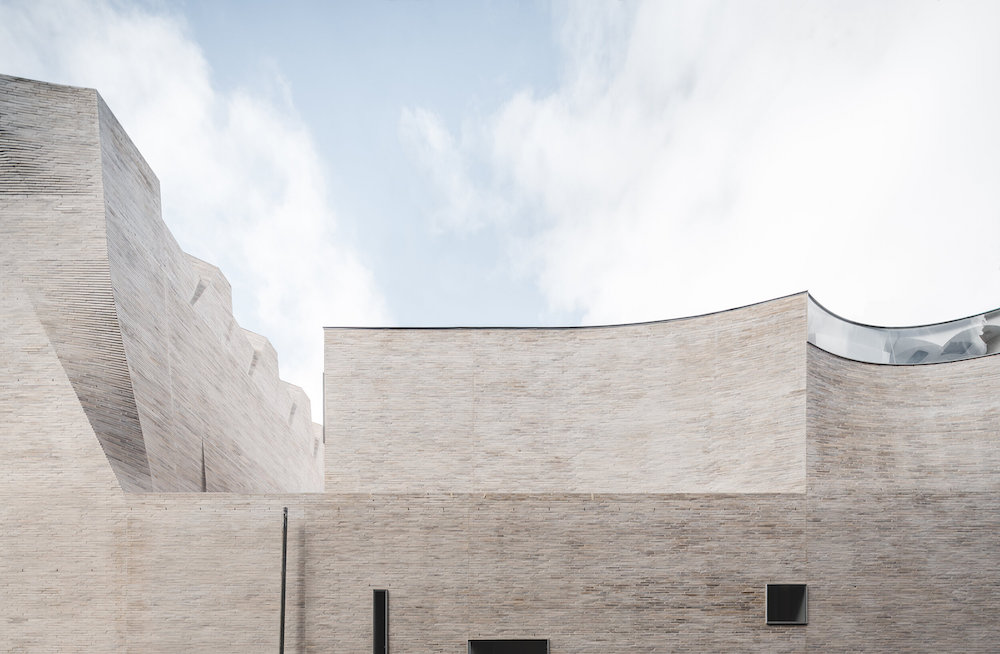
At some point in my freelancer career, my workload had changed from predominantly architecture-related assignments to ArchVis. I didn’t mind it at all and after a short period of self-doubt – thinking I had wasted four years of my life in uni, I went all-in on visualizing and marketing architectural projects. I caught the bug so badly, that I decided to learn more about it and graduated with a masters degree in Architecture Media Management in 2012. Some of the major subjects were marketing strategies, economics and architectural photography, just to name a few. Photography, in general, has been my thing since high school more or less, but I never really focused on the built environment.
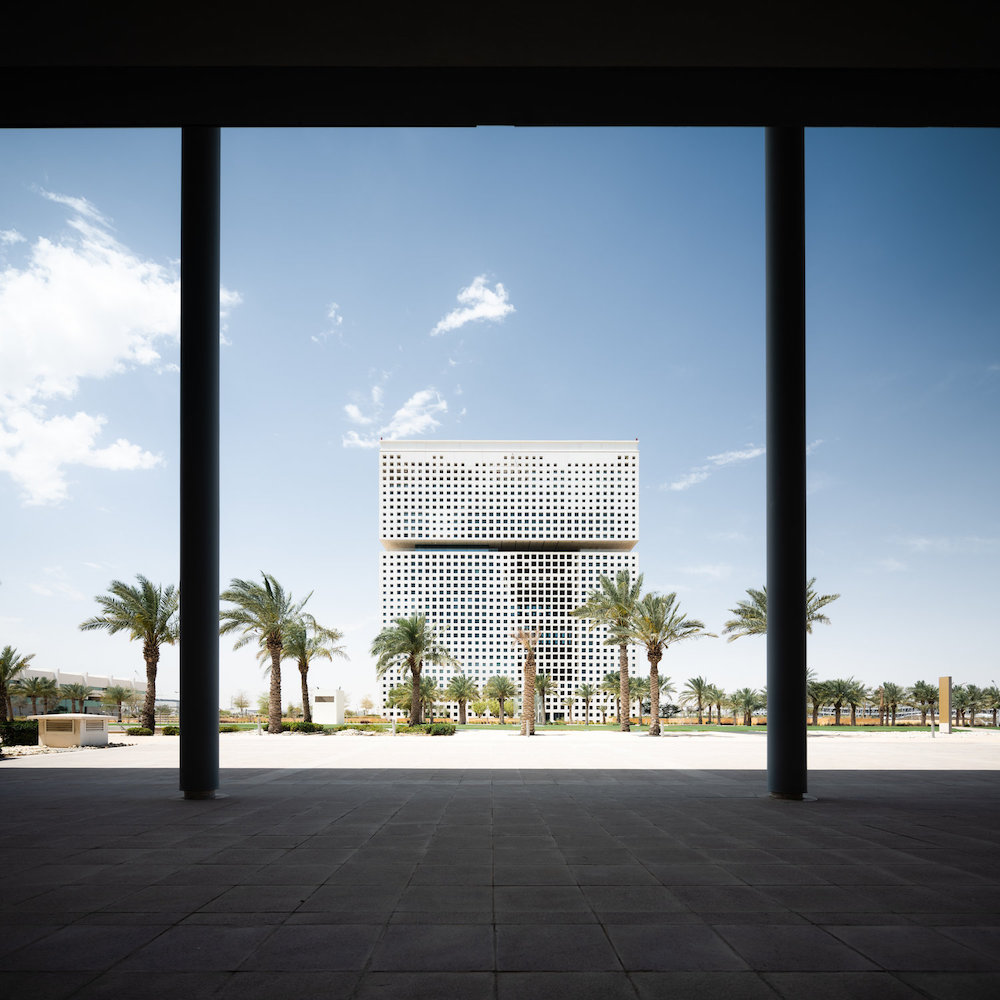
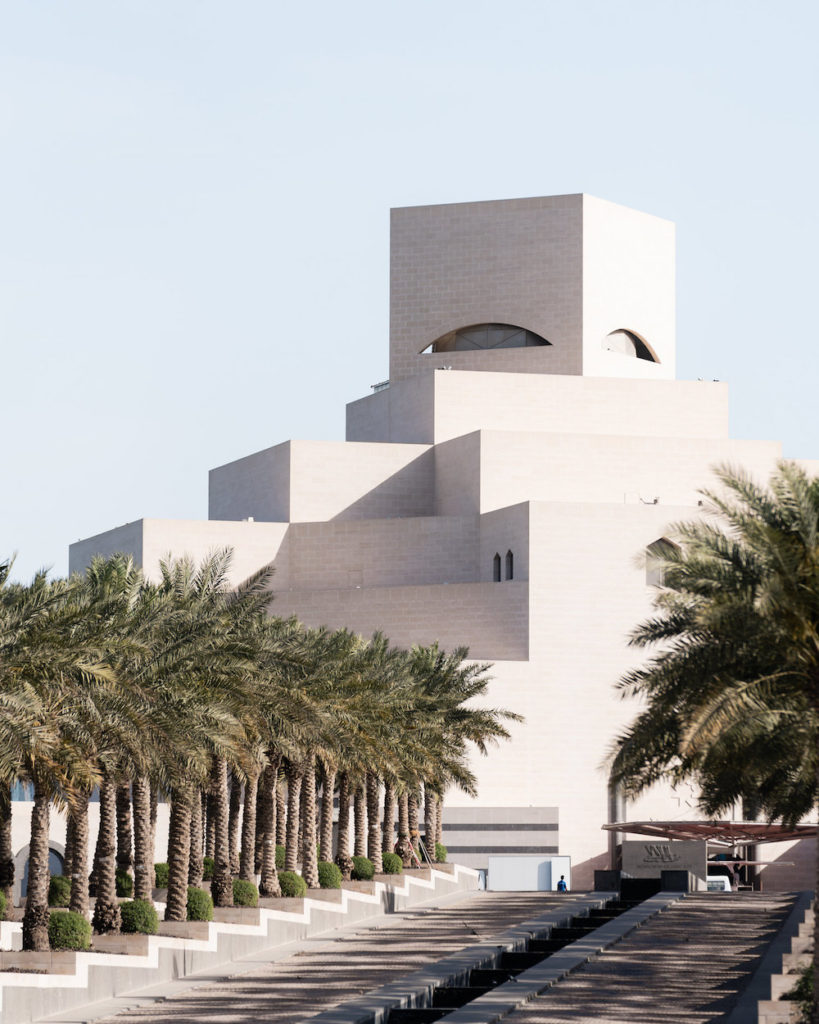
During that time it was more about the urban spaces and street photography; more happy snaps than taking it seriously or even considering a career in it. Some time halfway through high school I set my mind on architecture and my camera followed me wherever I went. Just like with ArchVis, I started working on personal projects every now and then and attended photo tours. From my perspective, I was following my passion and was lucky enough to have a partner who supported me with every step. Every time we planned a long weekend somewhere in Europe, I’d look up interesting architecture first and then pitch the city to her – definitely avoiding the term ‘photo tour’. I remember that Barcelona almost backfired as we walked around 20km the first day but it was well worth it!!
In the meanwhile, my passion projects in ArchVis started to get attention online and somehow I managed to get a job offer in Sydney. I had been traveling in Australia for the better part of a year before uni and the idea of moving abroad had crossed my mind once or twice back than. We moved to Oz in April 2015 and I stayed with that 3D company for pretty much exactly three years. In that time I worked on a multitude of marketing projects and was able to practice composition and lighting methods on a daily basis. Every project was different and after learning the ropes, I started leading meetings and entire projects. Understanding a brief and trying to massage a client’s expectations in a certain direction was something that I enjoyed a lot and especially if you got good feedback upon completion of the project.
I left the company in March 2018 with the idea of becoming an architectural photographer, and just like that, I had no clients, no network and no real idea what to expect. I never assisted a pro, and all I knew about the industry in Australia was from other architectural photographers websites and architectural magazines. It was naive of me and in hindsight, I don’t think that it was the smartest or best way of doing it, although it worked out for me and I think I’d do it again the same way.


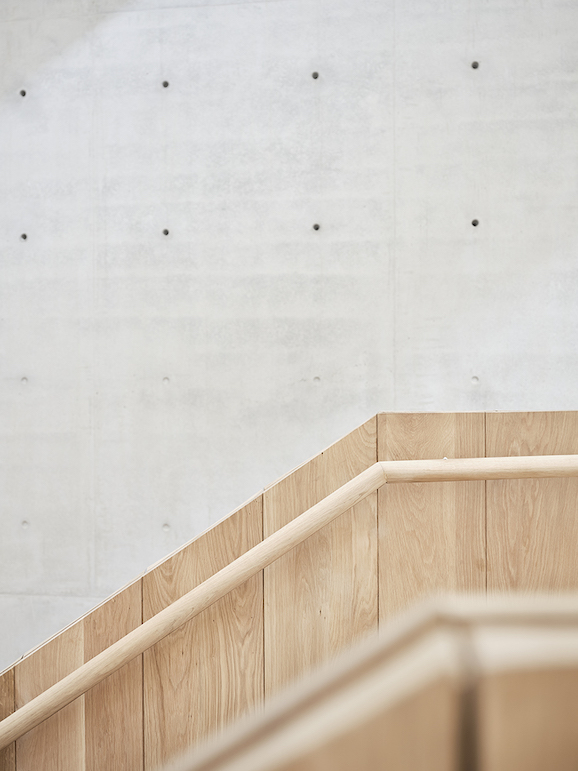
Once you decided to quit your visualization job, how did you approach developing a portfolio and getting those initial opportunities?
The reason why I changed careers was to follow a passion. This is something that I had to understand and it is also what drives me today – I love photographing architecture, simple!!! I work on personal projects and go on architecture tours for the exact same reason. Irrespective of if someone pays me to do that, or not. When I started working on my own portfolio, post-resignation, I didn’t look up projects my potential clients might find interesting; instead I photographed the ones I found interesting. I value my passion and the aspects of architectural photography so much, that I didn’t want to compromise in any way, especially not at the beginning. This may sound rather radical, but that’s the way I feel and sometimes it can be black or white decision. Hope that makes sense.
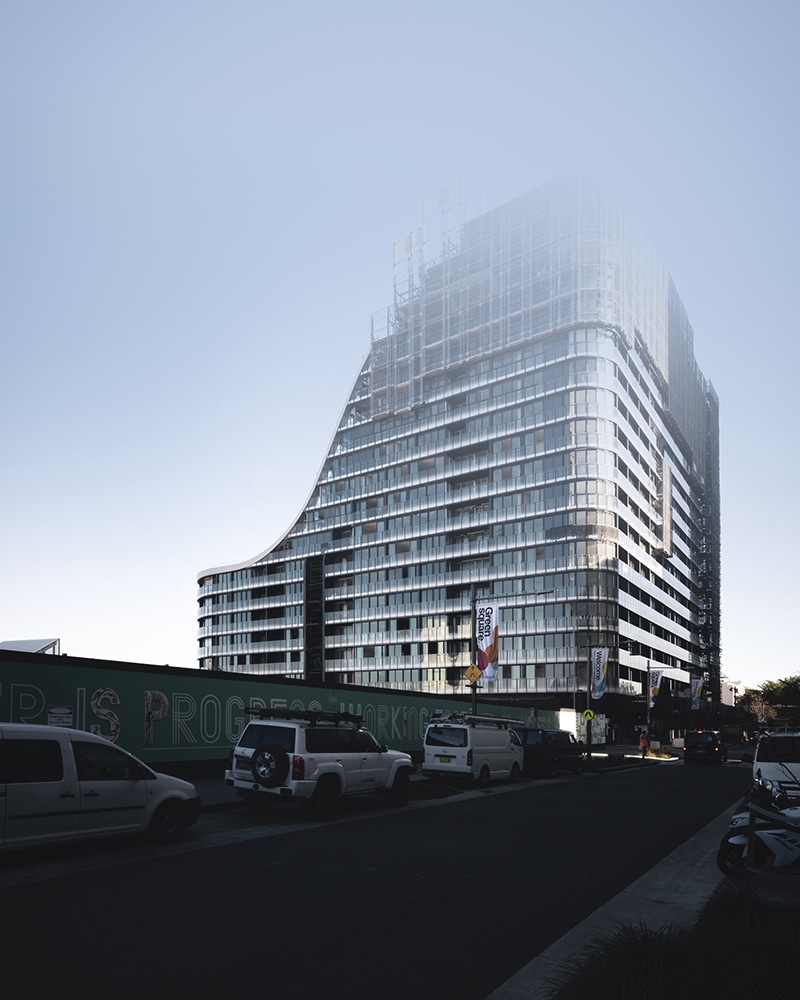
I believe it was my first-week solo when I grabbed my gear and went for a walk in my neighborhood. The sun was out and I said to myself that this is what it’s like to be a photographer – you better go out and shoot. I took a few shots of a tower project, Infinity by Koichi Takada Architects (KTA), that was under construction. I spent some time cleaning it up to a point where I felt I could post it on Instagram, which led to a phone call with KTA’s marketing team asking for a meeting. This has led to a few opportunities with KTA and one of his projects, Arc, lead to my very first printed publication in Architecture Australia, one of Australia’s leading architecture magazines.
I don’t think that clients reach out to me purely for the fact that I went to Qatar or China and documented a number of projects for my own portfolio. However, I do think that keeping a portfolio diverse can get you a foot in the door with new clients easier.
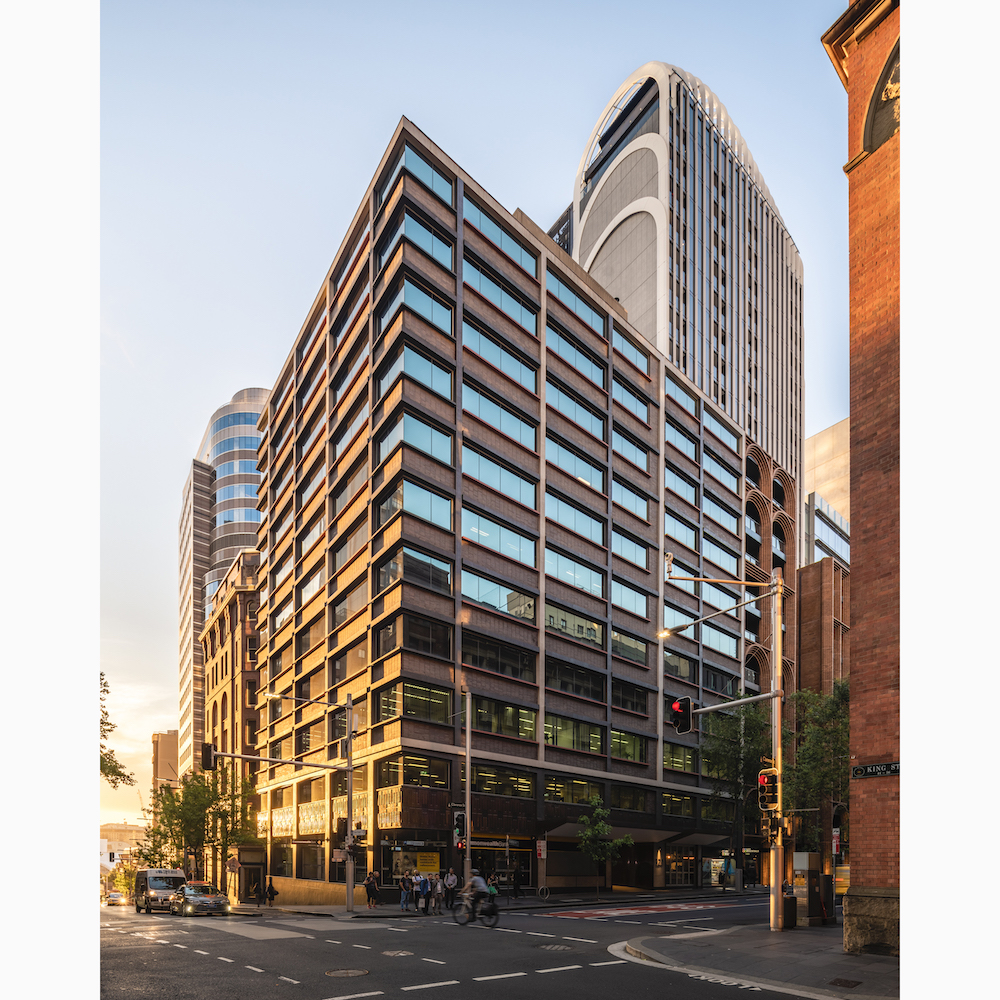
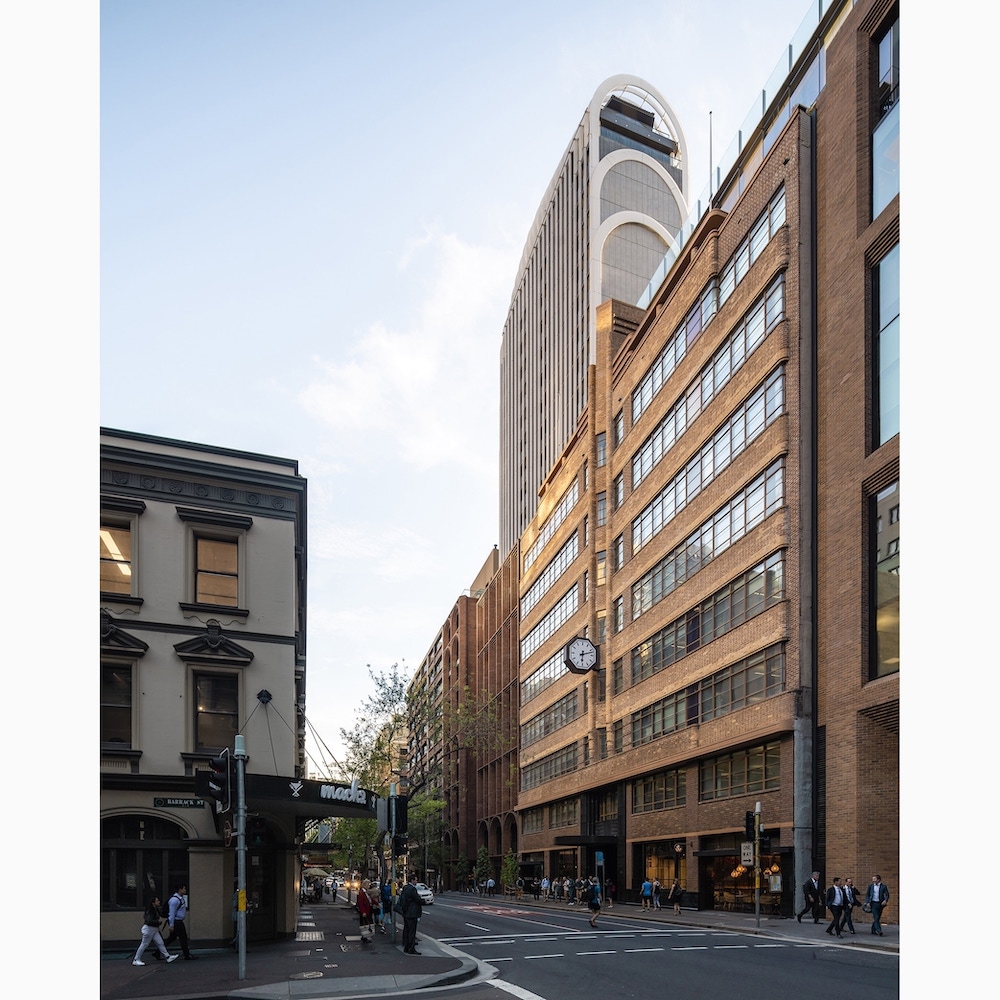
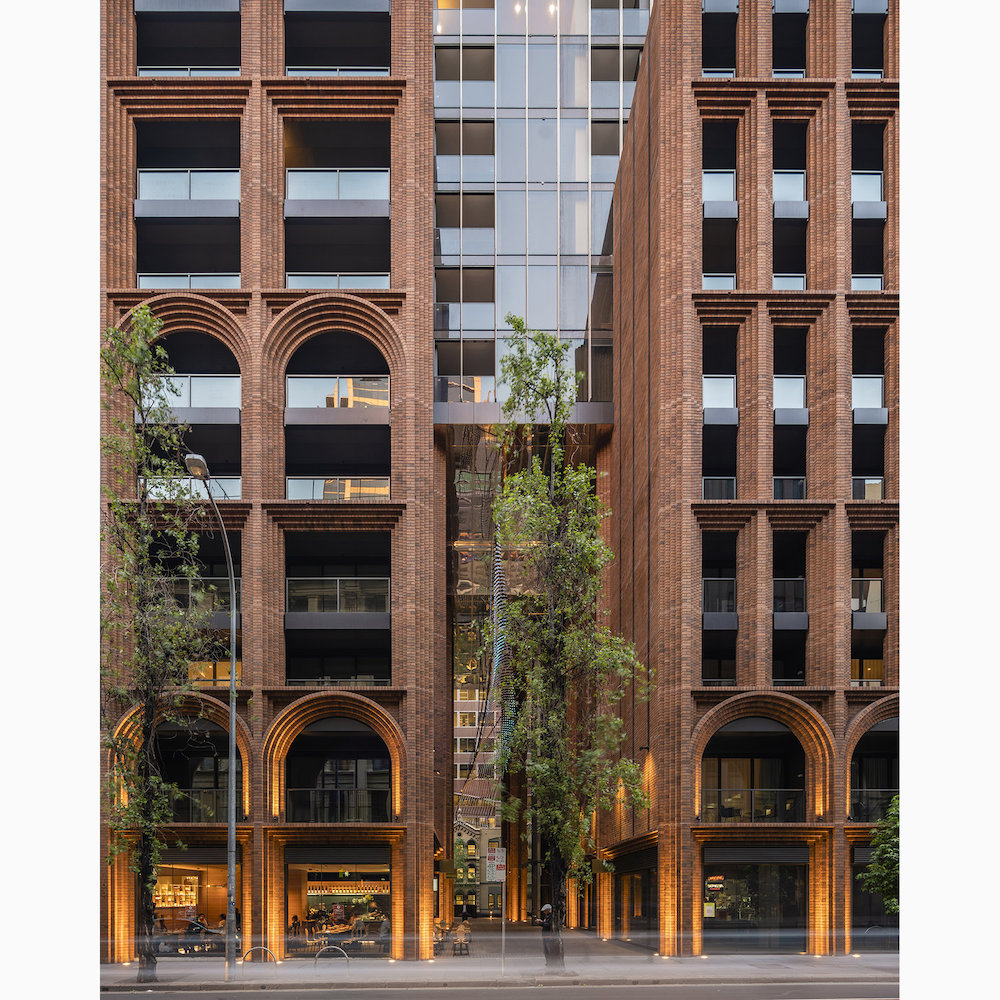
Late last year you were in China; can you tell us a little bit about the trip and the inspiration behind it?
When I went out on my own I promised myself to go all in. I strongly believe that those personal projects are the key to why I am so passionate about photography. Especially as an emerging photographer, you won’t necessarily get assignments such as the Ordos Art Museum, Harbin Grand Theatre, or the Daxing Airport but I managed to photograph all of the above and many more during my recent trip to China. I viewed it as an investment in myself, which boosts my motivation and curiosity to a higher level whilst dramatically improving my portfolio.

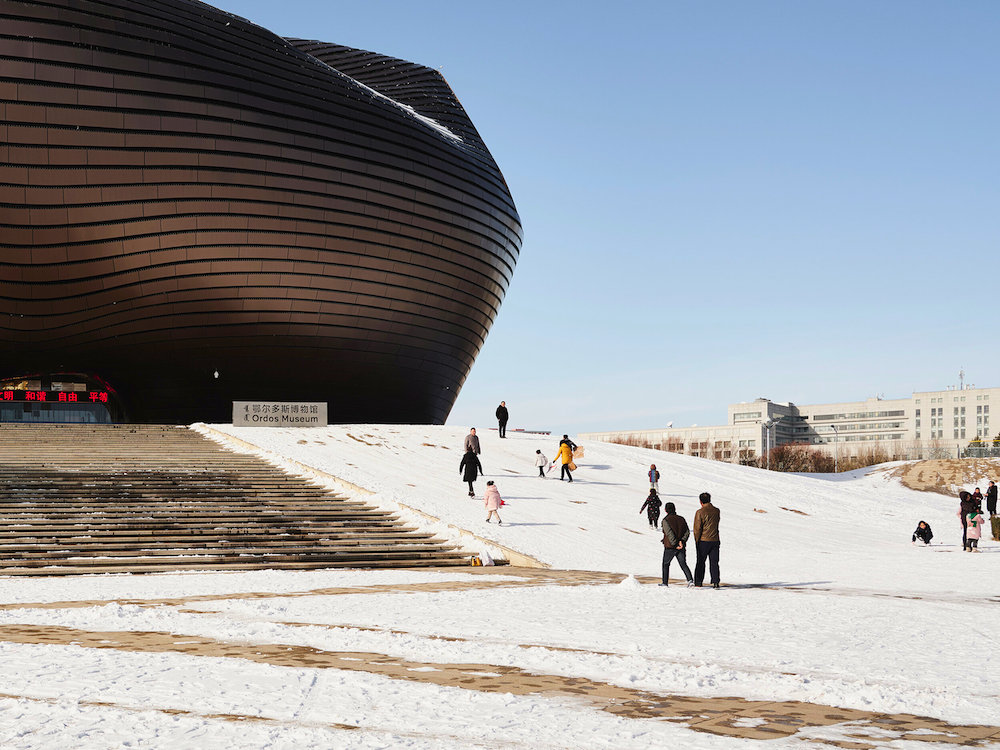
China, in particular, has been quite a challenge. I’ve never been there before and as with all new things, I tend to plan ahead to avoid surprises. Although, I kept in mind that these are personal projects and I didn’t put too much pressure on myself.
Generally speaking, I put a lot of effort into being polite and respectful and give everybody the benefit of doubt. I learned a few words Chinese, just the basics, but speaking from experience, those few words can make a huge difference when you’re asking someone if you can take a few happy snaps of a building. Not being afraid to ask questions has been a strategy for me for a long time – not limited to photography. I don’t mind being rejected or even told off, that’s life. I can deal with it and it’s never personal of course. However most of the times it pays off big time to approach someone and ask that one simple question – do you mind if I take a few quick photos? Very often I wasn’t allowed to do that, especially inside of buildings but also in semi-public spaces like courtyards. I felt like I had to change my strategy and started to shoot away, waiting to be yelled at any moment. This never happened.
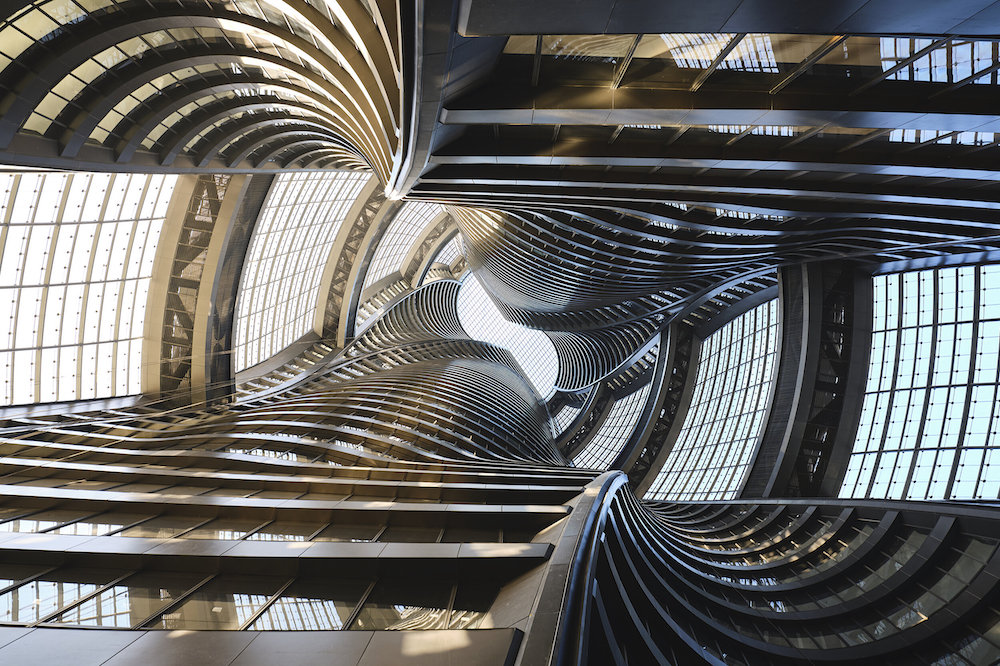
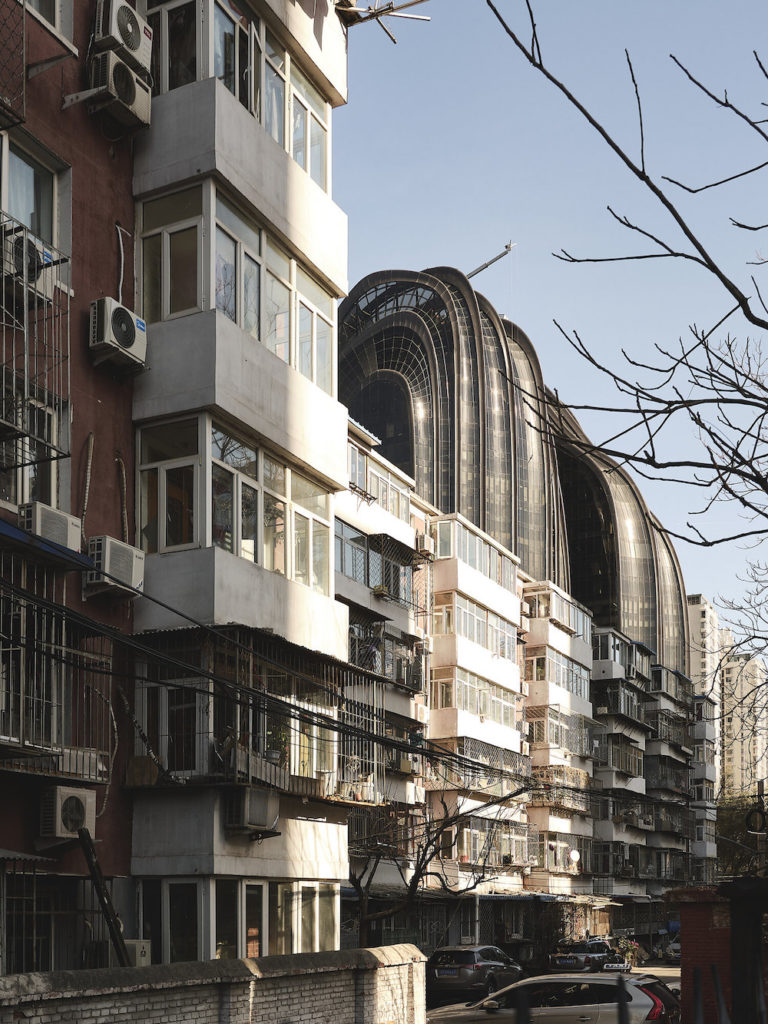
Aside from architectural photography, you also do videography and time-lapses. What was your motivation in learning two new skillsets as well as how did you go about learning these new skillsets? How are your clients responding to videography?
I have been dabbling in video and time-lapse for a while now. As with everything else, it started with personal projects and has kind of moved on to being a part of my skill set. I find it super interesting how a different frame rate such as slow-motion for video or the passing of time in time-lapses can show a different side of things – it’s kind of an abstract way of documenting an environment or building.
I started off with online tutorials and YouTube but also collaborated on personal projects with friends. I am a big fan of collaborations as there is always something that you can learn and share with others. “Faster alone, further together.” A quote I’ve heard the other day, that basically sums it up very well.
So far, I have worked on a few commercial video projects, mostly for developers though. I think architects don’t know yet how to use videography to their advantage – especially after project completion. This, however, won’t keep me from digging deeper into this as it’s just too much fun to approach a project from a different point of view.
What has been your favorite shoot to date? What were your favorite aspects or elements of the shoot?
That’s a tricky one and being in my second year of full-time architectural photography, I want to say that all of my commissioned projects have been equally great – which isn’t quite true of course. I will try to look at it from different perspectives. One project that stands out for me for various reasons is KTA’s ARC of course. It was off of the first multi-residential / high rise buildings that I was fortunate enough to document. Tricky to capture due to its inner CBD location and yet very rich in detail. Koichi and his team briefed me on this and I enjoyed getting a peek behind the curtain and some insights on the concept.
This project also kicked off a few other brick projects for me, such as Smart Design Studio’s The ROC. Since then, I have documented quite a few brick buildings. Recently I have been approached by big firms because of my portfolio related to bricks. Super exciting! Another project that was one of a kind for me was the Woodside Energy building in Perth, designed by COX Architecture. It was a very complex shoot with many different firms involved. I worked closely with Cox’s marketing department and also with a representative of Woodside – quite intimidating at the start, but very rewarding once finished.
The last project I shot in 2019 was the new Phoenix Gallery in Sydney Chippendale – an absolute beauty. So far I have spent a day shooting interiors and some outdoor spaces, but I am looking forward to going back and finalize it. This is definitely one of my highlights as it’s beautifully designed and executed.
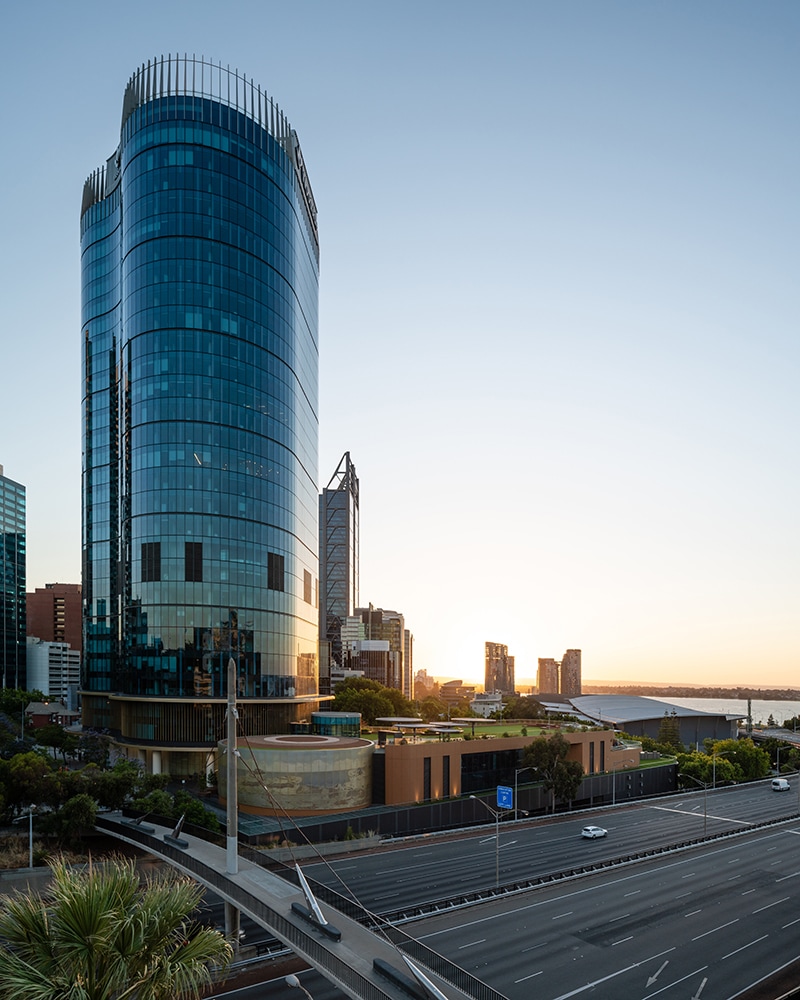
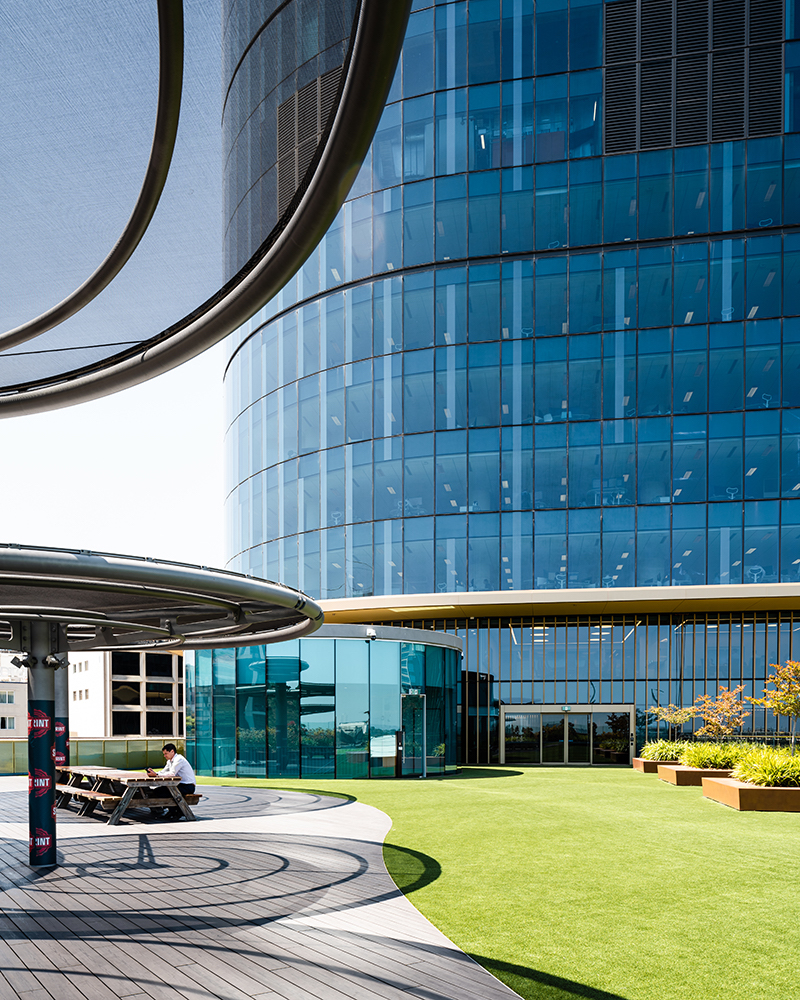
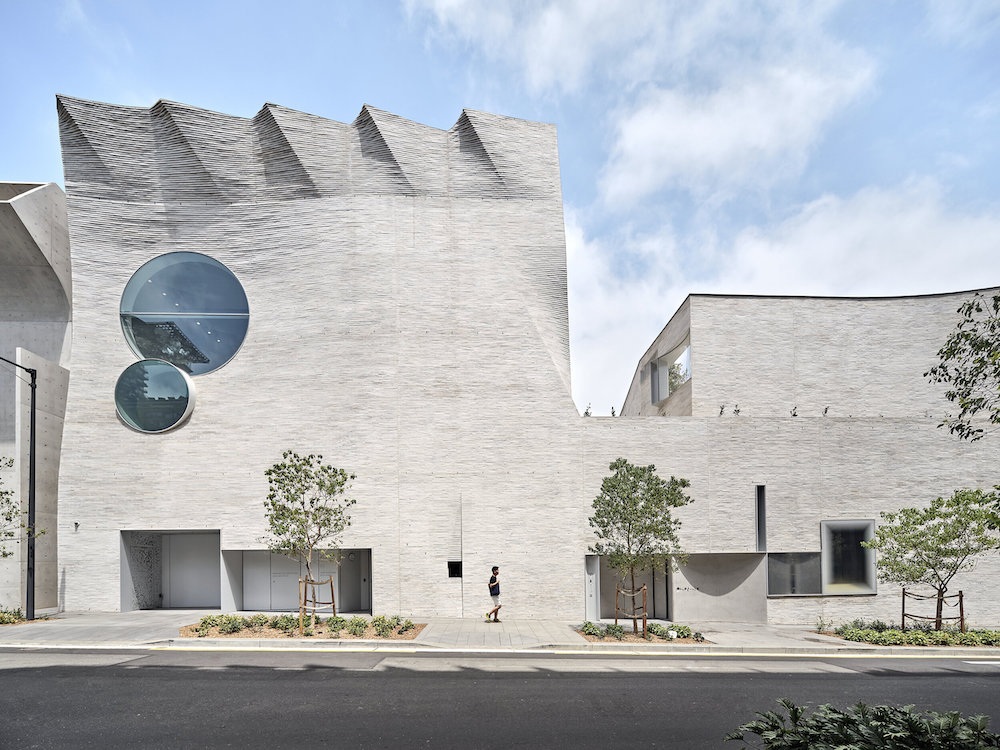
Lastly, what would be your dream project to photograph and which architects you would love to work with?
For 2020 I have put on my agenda to work more on small scale, single residential and/or retail projects. Somehow I have been attracting those large scale projects and as much as I enjoy shooting them, I am always thinking of how I can diversify my portfolio. I am not desperately trying to establish myself as a generalist – someone who can shoot everything equally well, as I don’t think that it’s actually possible. However, I do have a soft spot for details and I’d love to work more on interiors.
I don’t have any particular architects or designers in mind and I am usually very cautious about how I approach firms. So far, passionate personal projects, as well as referrals, have worked very well for me. Still, it’s obviously much harder to work on small residential personal projects as you can’t just knock on someone’s door and ask to take a few snaps. Therefore, if any of your readers have a piece of advice, I’d be forever grateful.
You can see more Martin’s work on his website and you can follow him on his Instagram account.
